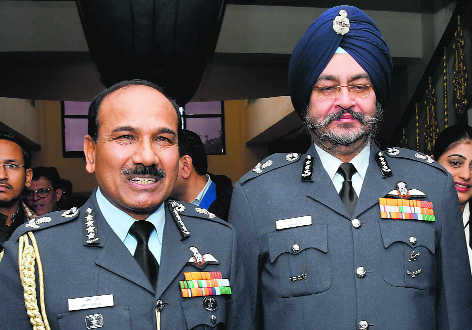Following are the excerpts from Gen VP Malik’s inaugural lecture, “Defence at 70”, under the aegis of the Tribune National Security Forum, on Saturday, December 3, 2016.
INDIA’S defence report card of the past seven decades is more positive than negative. But the credit for that goes less to our policies and grand strategies; more to those responsible for operational planning and execution on the ground. The baptism started soon after Independence.
Yesterday
Barring the 1962 war with China, India’s national defence has been ensured in all military engagements. But many a time, we have failed to convert-hard-won with much sacrifices-operational achievements into long-term politico-strategic successes. There is a need to analyse this aspect at this juncture. In hindsight, these reflect on India’s poor strategic vision, guidance and directions, and lack of coordination amongst civil and military leaders. Let me end this part by stating, rather sadly, that the lack of political guidance on important security-related issues, its excessive dependence on bureaucracy in PMO, MEA, MoD, IB, RAW, and marginalisation of professional and critical stakeholder’s military advice at the highest level of decision making, continues to be a major handicap even after 70 years.
Today
Externally, both our neighbours have established a very strong strategic nexus. Internally, although threats have declined the vulnerabilities persist. They persist due to polarising, violent, identity politics and contempt for constitutional norms.
Tomorrow
In this new age of heightened nationalism and unpredictability, no one can give an assurance of nuclear and high-level conventional wars. But recent trends show that there is a greater likelihood of sub-conventional, hybrid and limited border wars. Information technology has made the battle space larger, more inclusive and faster. The entire command-and-control mechanism depends on space satellite facilities. Cyber-attacks on civilian infrastructure would have far more significance than any damage to military installations.
Defence management
The separation between tactical, operational and strategic levels of warfare has blurred. A small military action becomes an issue for consideration and decision making at the highest level. We have a situation where a junior military officer is expected to understand political considerations, and the political leader to know the tactical and operational considerations.Therefore, defence management requires greater, direct politico-military interface covering national security strategy, defence policy and planning, budgetary economy and common personnel and logistics. This requires a major overhaul of the Ministry of Defence and the higher defence-control system.
The roadblock
We have neither delivered a Chief of Defence Staff (CDS) nor addressed many organisational problems. By keeping the Integrated Defence Staff headless, it has failed to provide an integrated and joint paradigm; much less give integrated advice to the Defence Minister, Prime Minister or the CCS. My feedback shows that there has been no change in the responsibilities, accountability and procedures, or in the attitude of civilian officers in the Ministry of Defence. Inter-Services cooperation remains weak. The bureaucratic wall between the political executive and the professional service chiefs has converted the concept of “civilian political control” into “civil bureaucratic control”. There is an urgent requirement to reorganise the Ministry of Defence and its business rules. The CDS appointment has become indispensable.
At others’ mercy
The Kargil war made me realise the importance of being self-reliant in arms and equipment. During that war, every country that we approached, either refused or took us for a ride by trying to sell their old weapons, ammunition and equipment at a high price. That situation is not very different today. We also carry the dubious distinction of being world’s largest importer of defence equipment. Despite the latest changes in FDI, defence purchase norms and the PM’s push on “Make in India”, it will take 20-25 years to make up deficiencies in our arms and equipment. This delay is unacceptable.
The to-do list
The strategy should include (a) facilitating the domestic defence industrial houses to expand their hi-tech base soonest (b) creation of skilled worker base (c) ensuring a level playing field for public and private defence sectors (d) an unambiguous export policy, and, most importantly, (e) sufficient defence budget for capital purchases.We must place some orders for complete items as in the case of 36 Rafael fighters aircraft, lest we are caught in another Kargil war-like situation.
People count
The man behind the gun is more important than the gun. In last 70 years, there has been a steady denigration and erosion of the soldiers’ status within the government, and therefore in civil society. This is reflected in the qualitative and quantitative dilution of the military rank and file, despite being the most dependable brand in the country. Honour, izzat, and comparable status in the government and society have sustained the armed forces and enabled them to draw the right kind of leadership. By taking away its pride and status, making the career unattractive, and not getting required weapons and equipment, the military is no longer a prime choice today. Next, it will affect their morale and fighting spirit. Our political leadership must introspect and correct this aspect sooner than later.
No silos
National security decision-making and higher direction of military conflicts require multi-disciplinary vertical and lateral consultations, and much faster decision-making. We need many changes in the national security structures, processes and procedures which can make it more efficient, resilient, and speedily responsive. I hope we will pay serious attention to our strategic policies, higher defence-control organisation, forces’modernisation, capacities, and military morale. It is only then that we can be secure internally and externally, fully prepared to take on the role that we see for ourselves. The writer is the former Chief of the Army Staff
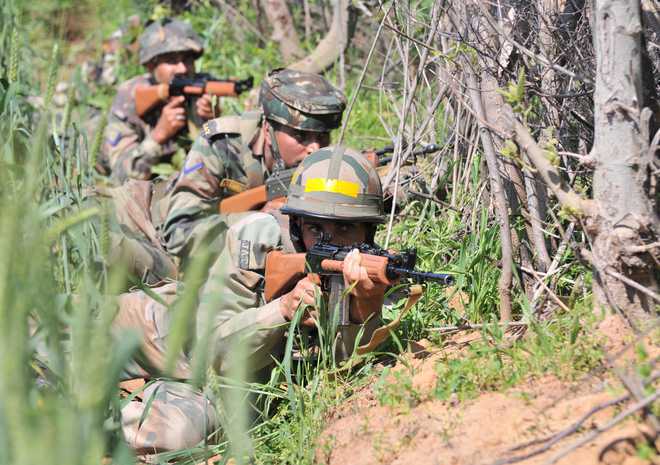













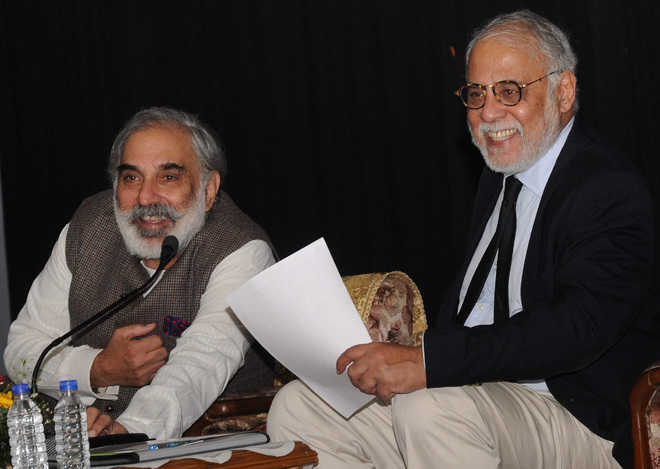
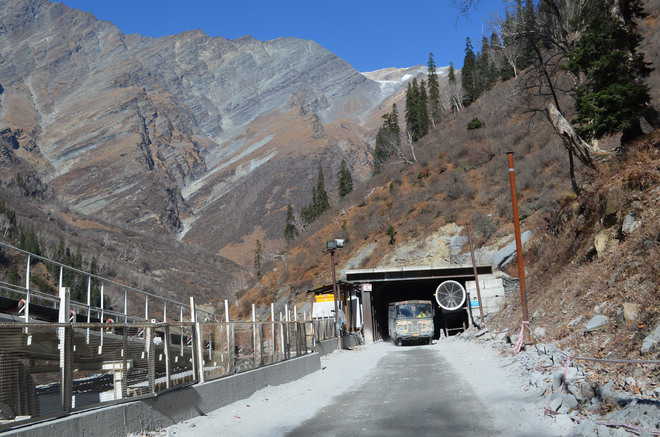
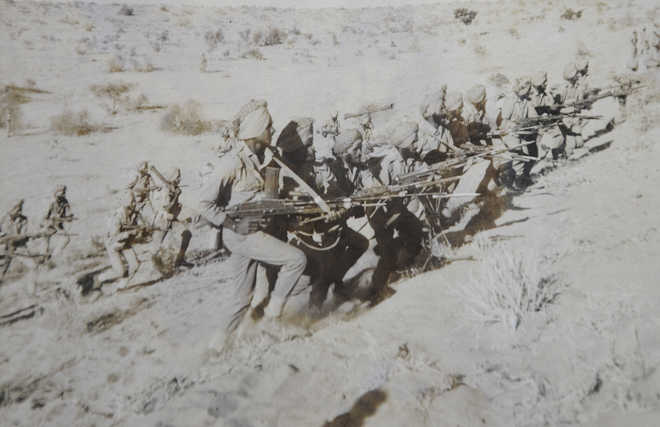
.jpg)

